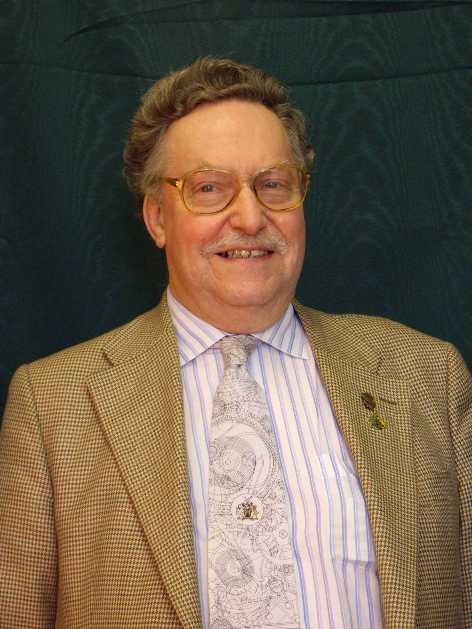
Geoffrey Armitage
Lectures on Sunday, May 27
Geoffrey Armitage, born in 1943 in Northengland, was given a four-year-grant when he was eight and a half years old to sing in the choir of the cathedral of Durham. At the age of 15 he began to practice English change ringing. He went to university and was awarded diplomas in music and technology and design and technology. He studied clock tower horology including the installation, repair, and maintenance of ringing bells and carillons. He founded the firm of Armitage Clock & Belfry Work Ltd, joined the British Carillon Society, studied the carillon, taught himself how to play them and renovated the instruments in London and Armagh, Northern Ireland. He edited the newsletter of the British Carillon Society and is its delegate in the World Committee of the World Carillon Federation. He has also been the secretary of the European carillon organisation „Eurocarillon“ since since it was founded in 1994. He gives regular lectures in German, English, and French on carillons and bells and their use as well as on tower clocks not only in Britain but also in France, Hungary, the Netherlands, Poland, and Spain.
11 a.m. - The
History and Present Day Practice of Bellcasting and Tuning
- How a
bell is cast – moulds, composition of bell-metal, casting temperature,
etc.
- The shape
of a bell, how it developed through the centuries and how it affects
the sound
of the bell.
- Bell
tuning: history, method and how it affects the sound of the bell and
the
carillon.
1
p.m. - Carillon
Construction and Maintenance
- What is a
carillon? The components and how they are assembled.
- Electro-mechanical
alternatives and their advantages and disadvantages.
- Importance
of
maintenance: adjustment and lubrication of moving parts.